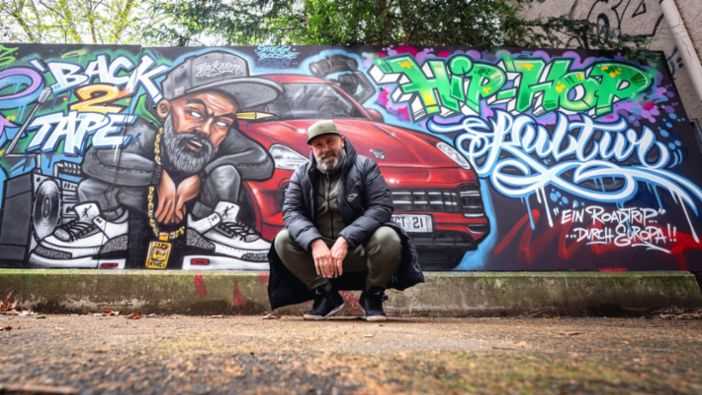
When it comes to vibrant and dynamic street art scenes, few cities can compare to Hamburg. This bustling metropolis in northern Germany has become a haven for artists from all walks of life, who use its walls as their canvas to express themselves and engage with the urban environment. Street art in Hamburg is not just graffiti – it is a powerful form of artistic expression that adds color, character, and creativity to the city’s streets.
What sets Hamburg’s street art apart is its diversity and the range of styles it encompasses. From large-scale murals that cover entire buildings to smaller, intricate stencils, the city’s streets are adorned with a vast array of artistic creations. These pieces often convey powerful messages, reflect social and political issues, or simply beautify the urban landscape. The artists behind them are both local and international, making Hamburg’s street art scene a melting pot of talent and creativity.
Street art has become an integral part of Hamburg’s cultural fabric, transforming dull and neglected spaces into vibrant and engaging works of art. It not only attracts locals and tourists alike but also serves as a platform for artists to communicate their ideas and connect with the community. Many street art events and festivals take place in the city, showcasing the talent and creativity of Hamburg’s artists while fostering a sense of pride and appreciation for this unique form of art.
From the trendy neighborhoods of St. Pauli and Schanzenviertel to the more residential areas like Altona and Eimsbüttel, Hamburg’s streets offer a visual feast for art enthusiasts. Whether you stumble upon a colorful mural while walking down a quiet alley or encounter an impressive piece on a building’s facade, the city’s street art scene never fails to captivate and inspire. It is a testament to the power of creativity and its ability to transform ordinary spaces into extraordinary works of art that resonate with the urban landscape.
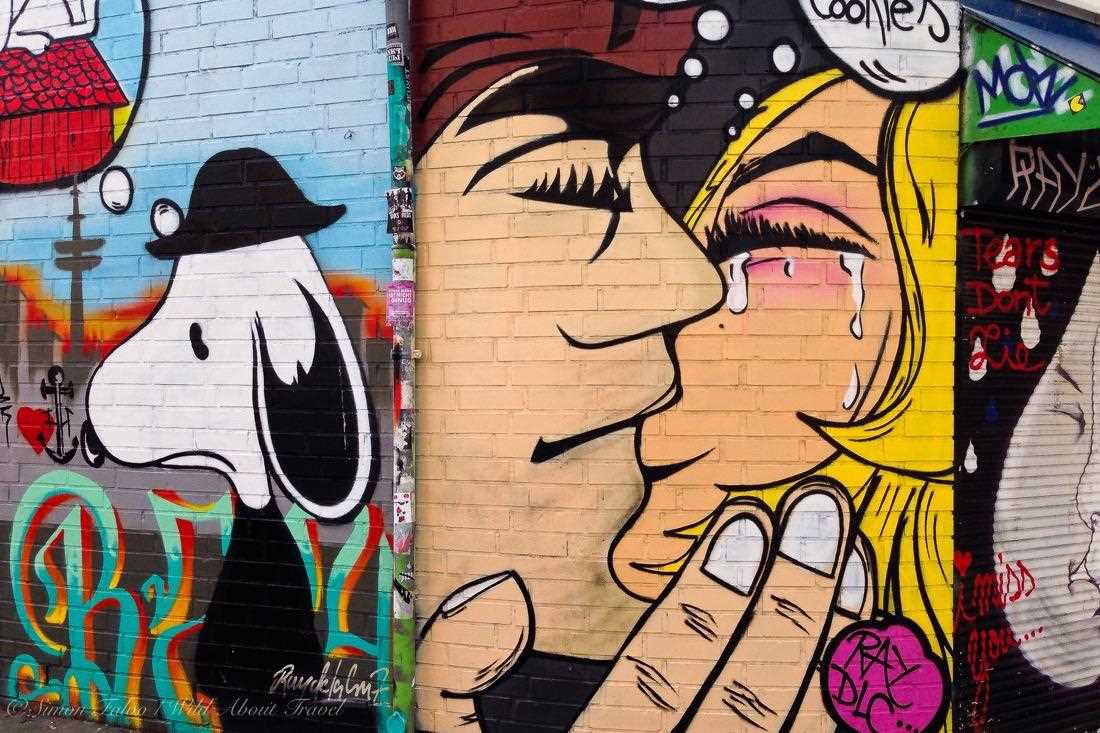
Street art is an expressive and dynamic form of art that uses public spaces as its canvas. It is a language that speaks to the urban environment, reflecting the creativity and individuality of the artists who create it. Street art often challenges traditional art forms and institutions, making a bold statement about the relationship between art and society.
One of the key characteristics of street art is its ability to communicate messages to a wide audience. Whether it is through powerful imagery, thought-provoking messages, or clever use of space, street art has the power to capture attention and spark conversation. It is a form of art that can be enjoyed by anyone, regardless of their background or knowledge of art history.
The artistic language of street art is constantly evolving and adapting to the ever-changing urban landscape. Artists use various techniques and mediums to create their work, including stencils, spray paint, stickers, and wheatpaste. They often draw inspiration from pop culture, politics, social issues, and the local community, creating a unique visual language that reflects the diversity and vibrancy of the city.
| Techniques | Meaning |
|---|---|
| Stencils | Allows artists to quickly create detailed and repeatable images |
| Spray paint | Provides a vibrant and bold color palette |
| Stickers | Can be easily applied and removed, allowing for widespread dissemination of ideas |
| Wheatpaste | Used to paste paper-based artwork onto surfaces, creating a textured and layered effect |
In addition to its visual impact, street art also has a temporal aspect. It exists in the public space and is subject to weathering, vandalism, and removal by authorities. This impermanence adds to its allure and makes encountering street art a unique and exciting experience. It is a constant reminder that art is not confined to galleries and museums, but can be found and appreciated in unexpected places.
Murals: Larger Than Life
In the vibrant city of Hamburg, street art has become an integral part of the urban landscape. One of the most striking forms of street art found in the city is the large-scale murals that adorn the sides of buildings, bringing color and life to the streets.
These murals are larger than life, often spanning multiple stories high, and showcase the incredible talent of local and international artists. They serve as a visual representation of the city’s creativity and its commitment to embracing art in all its forms.
Walking through the streets of Hamburg, it’s impossible to miss these imposing murals. Their sheer size is awe-inspiring, capturing the attention of both locals and tourists alike. Each mural tells a unique story, with its own style and message, making them an integral part of Hamburg’s cultural tapestry.
A Platform for Social Commentary
Many of these murals serve as a platform for social commentary, addressing pressing issues such as inequality, environmental degradation, and political unrest. They convey powerful messages, sparking conversations and provoking thought among those who interact with them.
These murals are not just art; they are a medium for change, providing a voice to those who may not have one. They challenge societal norms, inviting viewers to question and reflect on the world around them.
From bold and vibrant colors to intricate details, these murals are a feast for the eyes. They breathe life into once blank facades, transforming them into captivating works of art, and elevating the city’s artistic identity.
A Symbol of Urban Creativity
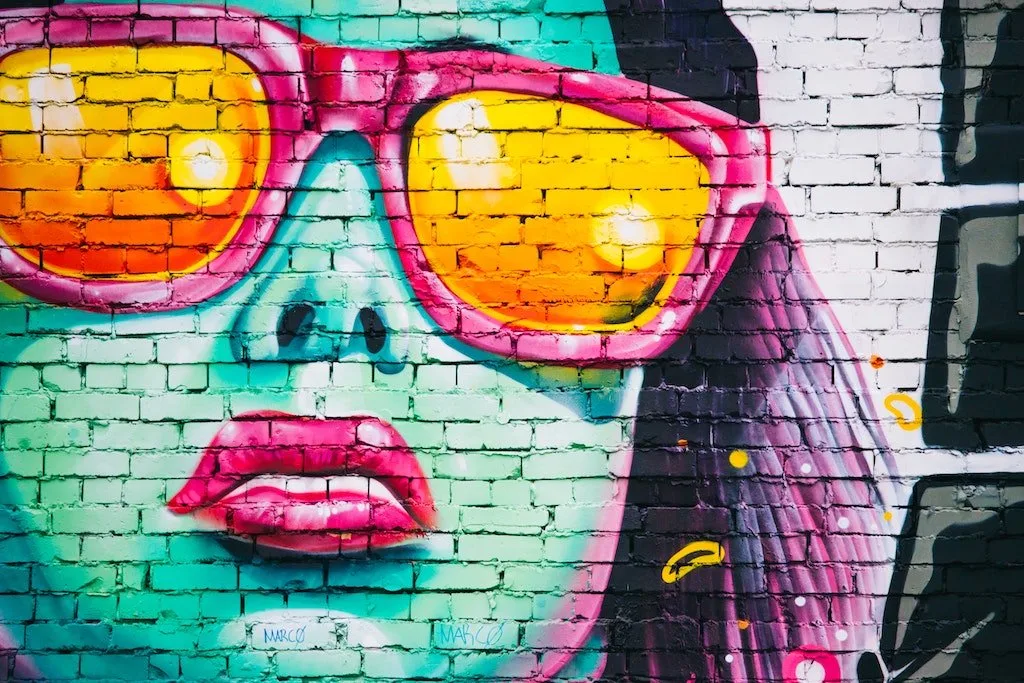
The presence of these murals is a testament to Hamburg’s rich artistic heritage and its thriving creative scene. They attract artists from all over the world, who come to contribute to the city’s vibrant street art culture.
Hamburg is not just a canvas for artists; it is an inspiration. The city’s dynamic energy and progressive spirit provide fertile ground for artistic expression, resulting in an ever-evolving tapestry of murals on its walls.
These larger-than-life murals are a definitive expression of Hamburg’s urban creativity. They showcase the city’s commitment to embracing art as a powerful form of expression, and they continue to inspire and captivate all those who encounter them.
Graffiti: Unconventional Urban Beauty
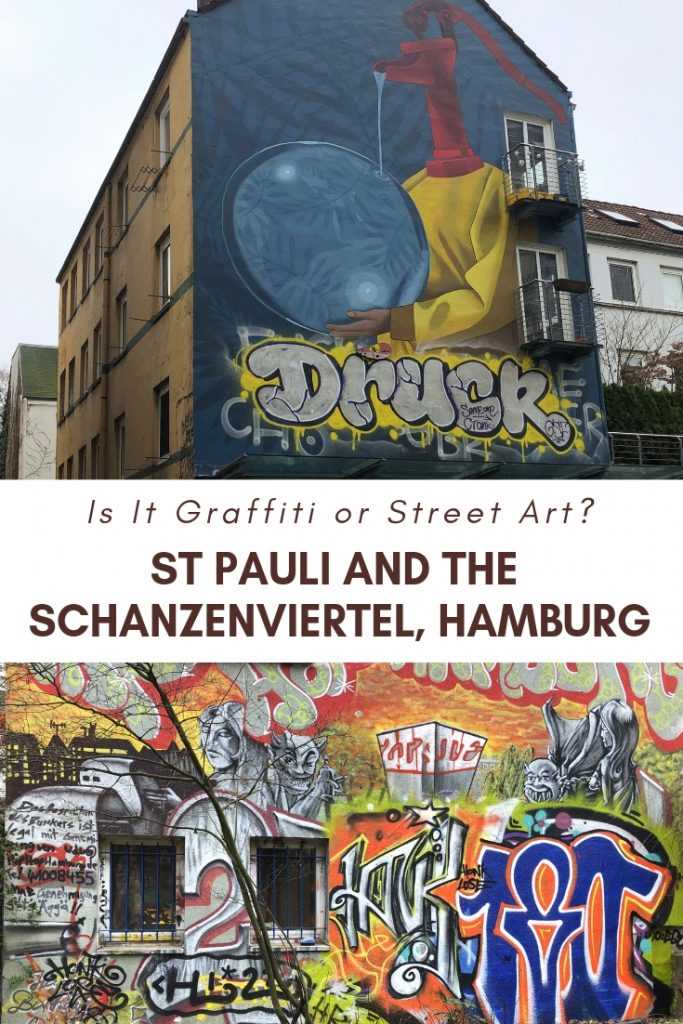
Graffiti has long been regarded as an unconventional form of art that adds beauty to the urban landscape. While some may dismiss graffiti as mere vandalism, others recognize and appreciate it as a unique expression of creativity in the city.
Artistic Expression
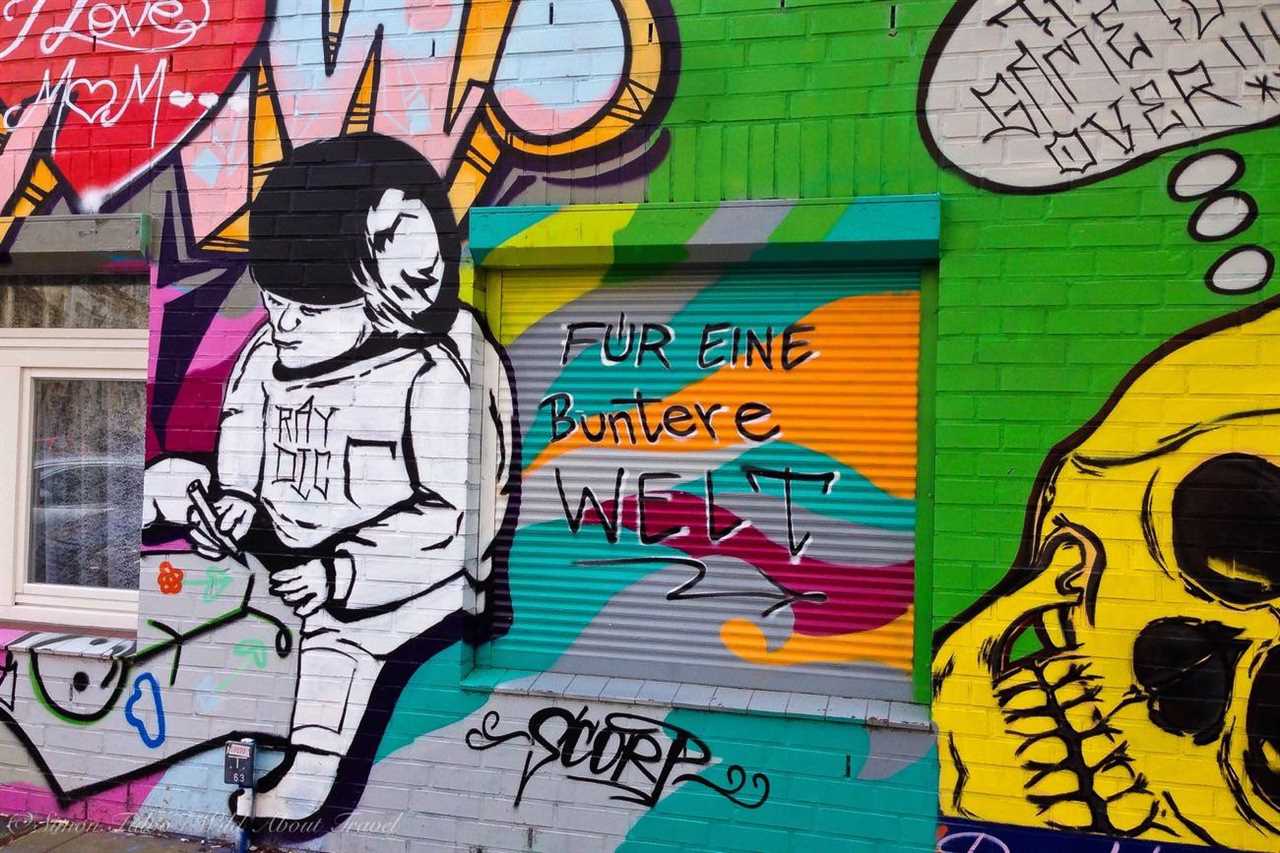
Graffiti allows artists to go beyond traditional boundaries and create their own visual narrative in public spaces. From vibrant murals to thought-provoking stencils, graffiti artists use the city as their canvas to convey powerful messages or simply showcase their artistic skills.
Unlike traditional forms of art that are confined to galleries or private spaces, graffiti is accessible to all. It can be found in alleyways, under bridges, or even on abandoned buildings, breathing life into forgotten spaces and transforming them into art galleries visible to everyone.
Urban Identity
Graffiti plays a significant role in shaping the identity of a city. It reflects the struggles, hopes, and dreams of its residents, giving voice to diverse perspectives and experiences. Pieces of graffiti often reflect the cultural, social, and political climate of a particular place, offering a window into the soul of the city.
In Hamburg, graffiti has become an integral part of the urban fabric. From the iconic street art in the St. Pauli neighborhood to the colorful tags in the Schanzenviertel district, the city is home to a vibrant graffiti scene that adds a unique charm to its streets and alleys.
While graffiti may face criticism due to its often unauthorized nature, it undeniably contributes to the visual appeal and dynamism of the urban environment. It challenges conventional notions of art, encourages dialogue, and fosters a sense of community among both artists and viewers.
So, the next time you walk through the streets of Hamburg, keep an eye out for the unconventional beauty of graffiti and let it inspire you to see urban spaces in a new light.
The Artists Behind the Art
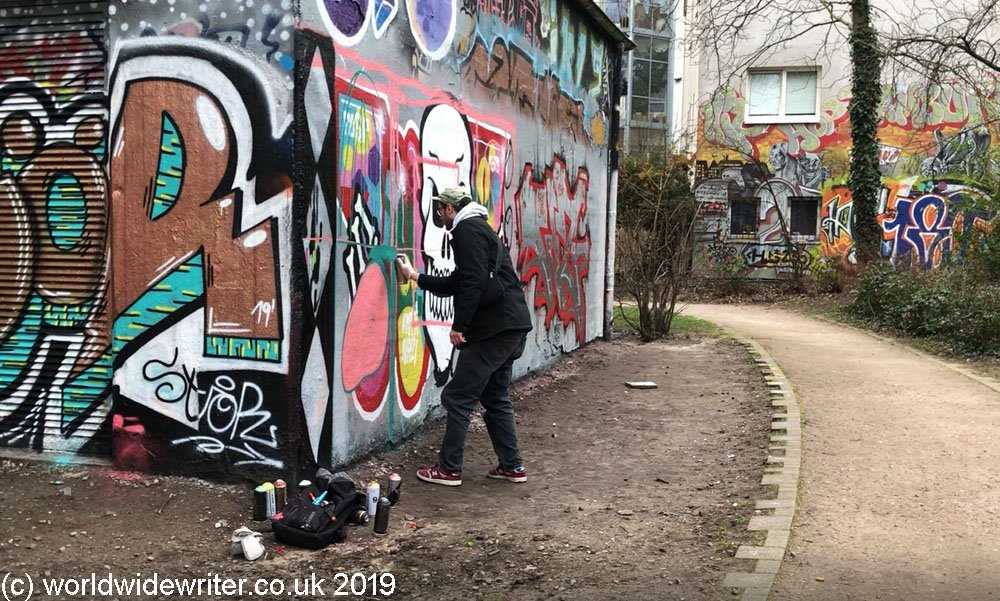
One notable artist is Max Müller, known for his intricate stencil work. Müller started his artistic journey by spray painting graffiti on walls around Hamburg. However, he soon realized that stenciling allowed him to create more detailed and precise artwork. Müller’s pieces often depict social commentary and political themes, using vibrant colors and bold imagery to catch the viewers’ attention.
Another prominent artist is Julia Wagner, who specializes in large-scale murals. Wagner’s artwork can be seen adorning buildings across Hamburg, transforming dull facades into captivating works of art. She often incorporates elements of nature and wildlife into her murals, creating a harmonious blend of urban and natural aesthetics.
One up-and-coming artist to watch is Lina Schmidt, known for her whimsical and playful street art. Schmidt’s colorful characters and imaginative designs bring a sense of joy and wonder to the city streets. Her artwork often conveys messages of positivity and inclusivity, inviting viewers to embrace their inner child and explore their creativity.
These artists, along with many others, contribute to Hamburg’s vibrant street art scene, turning the city into an open-air art gallery. Their creativity and talent bring a unique charm to the urban landscape, sparking conversations and inspiring the local community.
Hamburg: A Canvas for Urban Creativity
Hamburg, known for its rich cultural and artistic heritage, has become a vibrant hub for street art and graffiti. The city’s walls serve as a canvas for urban creatives to showcase their talent and express their unique visions. From colorful murals to intricate stencils, Hamburg’s streets are transformed into an open-air gallery that captivates both locals and visitors alike.
One of the most renowned street art districts in Hamburg is the Schanzenviertel. This neighborhood has become a playground for artists from around the world, who converge to leave their mark on its walls. Walking through the Schanzenviertel, you’ll be amazed by the diversity of styles and themes that grace the facades of buildings. From political statements to abstract designs, every piece tells a different story and adds to the collective tapestry of creativity in the city.
Preserving the Authenticity
Despite its ever-changing nature, Hamburg’s street art scene manages to preserve its authenticity. The city embraces and encourages street art as a form of expression and strives to create opportunities for artists to showcase their work legally and with respect to public spaces. Walls designated for street art allow artists to freely create without the fear of prosecution, fostering an environment that supports innovation and creativity.
In addition to designated spaces, Hamburg also hosts street art festivals and events throughout the year. These events not only attract local talents but also draw international artists who come to showcase their skills and contribute to the city’s vibrant street art scene. Such gatherings promote the exchange of ideas and the exploration of new techniques, further fueling the creativity of Hamburg’s urban artists.
An Evolving Art Form
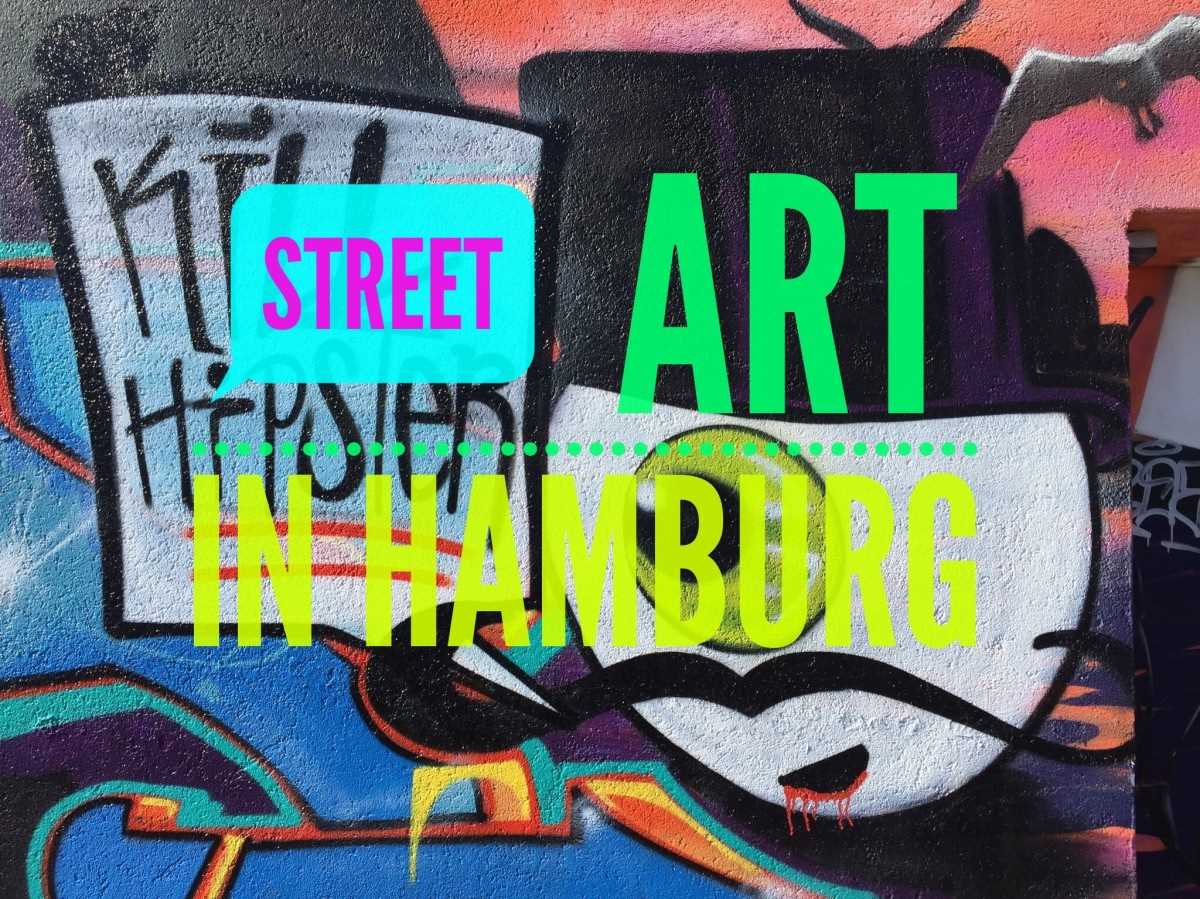
Street art in Hamburg is not static; it evolves and changes along with the city itself. Artists continually adapt their styles and experiment with new techniques, pushing the boundaries of what street art can be. This constant evolution ensures that every visit to Hamburg’s streets brings new discoveries and surprises.
Whether you’re a passionate art enthusiast or simply an admirer of urban creativity, Hamburg offers a unique experience. Its streets are alive with color, energy, and innovation, making it a captivating destination for anyone looking to explore the world of street art.
Preserving and Appreciating Street Art
Street art plays a significant role in the cultural fabric of Hamburg, and efforts to preserve and appreciate this unique form of urban expression are becoming increasingly important.
One way to preserve street art is through the creation of designated street art areas and graffiti walls. These spaces provide a legal outlet for artists to showcase their work and offer the public an opportunity to admire and appreciate it. The creation of these areas not only helps to prevent illegal graffiti but also ensures that street art is respected and valued as an important art form.
In addition to designated areas, organizations and local authorities can work together to protect and preserve significant street art pieces. This can be done through the use of protective coatings or barriers, which can help prevent weather damage or vandalism. Regular maintenance and restoration efforts are also essential in ensuring the longevity of street art and preserving its integrity.
Appreciating street art goes beyond simply viewing and admiring the artwork. Community engagement and involvement are key aspects of appreciating street art. Workshops, guided tours, and public events centered around street art can foster a deeper understanding and connection with this unique form of artistic expression.
Furthermore, the documentation and archiving of street art can contribute to its appreciation and preservation. Photographs, videos, and interviews can capture the essence of the artwork and the stories behind it. These records can serve as valuable resources for future generations to understand and appreciate the cultural and historical significance of street art in Hamburg.
| Preservation Strategies | Appreciation Initiatives |
|---|---|
| Create designated street art areas | Organize workshops and guided tours |
| Protective coatings and barriers | Public events centered around street art |
| Regular maintenance and restoration | Documentation and archiving |

I am a mural enthusiast and a fervent admirer of street art. Rather than creating murals myself, I am passionate about collecting them. My love for street art knows no bounds. I am dedicated to curating and cherishing these artworks that grace the streets. My collection stands as a testament to my profound appreciation for this form of artistic expression.
read about me



